Trends in laser technology: what short-pulse lasers can do
Short-pulse lasers have unique features. Industry uses them for a variety of applications. On the one hand, this family includes short-pulse lasers with pulse durations in the nanosecond range, i.e., nanosecond lasers. On the other hand, it also includes ultrashort-pulse lasers with pulse durations in the picosecond and femtosecond range, known as picosecond and femtosecond lasers.

Due to the very short exposure time of the laser beam to the material, the heat-affected zone is very small, which is also called cold ablation. In this process, the material is not melted but vaporized. The nonlinear absorption of short-pulse lasers makes it possible to process almost any material, such as metals and non-metallic materials such as steel, copper, brass, ceramics, plastics, and glass.
1 Cleaning and structuring components in just one step
Users use short-pulse lasers to clean components. They can decoat metals, i.e., remove secondary materials. With correspondingly high energy input, the component itself can also be processed, for example, to structure it. Steffen Rübling, product manager at TRUMPF in Ditzingen, Germany, says: “All these applications can be achieved with the same short-pulse laser.” To do this, the user only needs to set the power level, pulse repetition rate, and feed amount. If necessary, the short-pulse laser can complete tasks such as cleaning and forming in one step.
Color-changing marking on any material Ultrashort-pulse lasers can mark materials that are difficult to achieve with other laser technologies. For example, plastics can be marked, which usually require laser additives. Ultrashort-pulse lasers do not need to add additives, saving costs and time. In addition, ultrashort-pulse lasers can also make markings with good contrast and high corrosion resistance. In the medical industry, for example, stainless steel surgical instruments are marked with high-contrast, corrosion-resistant black marks using this laser.
2: Suitable for a variety of materials and various application scenarios
Short-pulse lasers can also be used for laser forming. Compared with sandblasting, chemical etching, or milling, laser forming is a clean, fast, and non-contact alternative. Short-pulse lasers can process a variety of metals. To do this, users only need to adjust the laser parameters, such as laser power and processing speed, according to the different conditions of the metal.
Lasers are an important tool in the manufacture of solar cells.
Before assembling a mobile phone or tablet, each display must be cut out of the cell.
During these cutting processes, the heat affected zone must be minimized as much as possible to avoid damaging the circuit, among other reasons. In foldable phones, bubbles and microcracks formed in the heat-affected zone may become the source of the eventual formation or expansion of macrocracks. Therefore, the maximum heat-affected zone specification for typical mobile phone shape cutting should be less than 100µm. For foldable displays, it should be less than 50µm. When cutting holes, it is not uncommon for the maximum allowable heat-affected zone to be less than 20µm.

3 Practical applications in different industries
Recently, the demand for femtosecond laser processing in medical devices has been increasing, mainly because medical devices are characterized by smaller parts, thinner walls, and more cutting details (such as peripheral brackets, downtubes, minimally invasive tools, etc.). This is especially true for machines that cut tube geometries. In addition, the use of more complex and expensive materials is another driving factor.


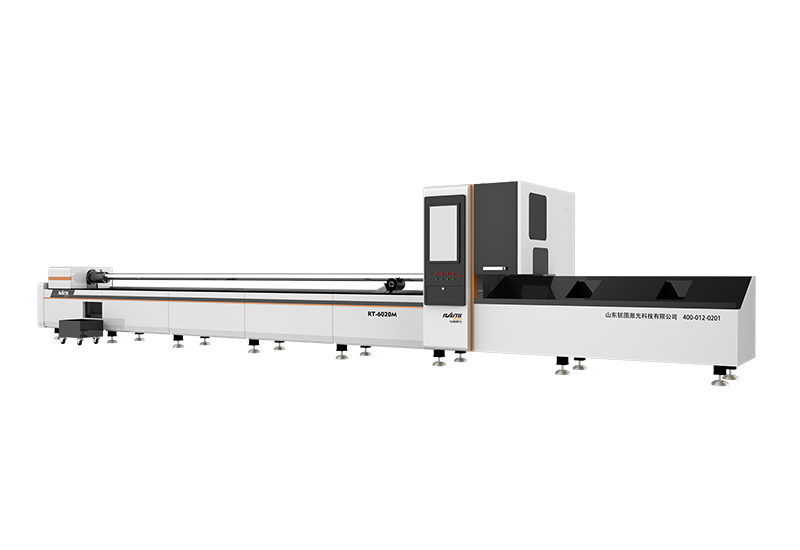
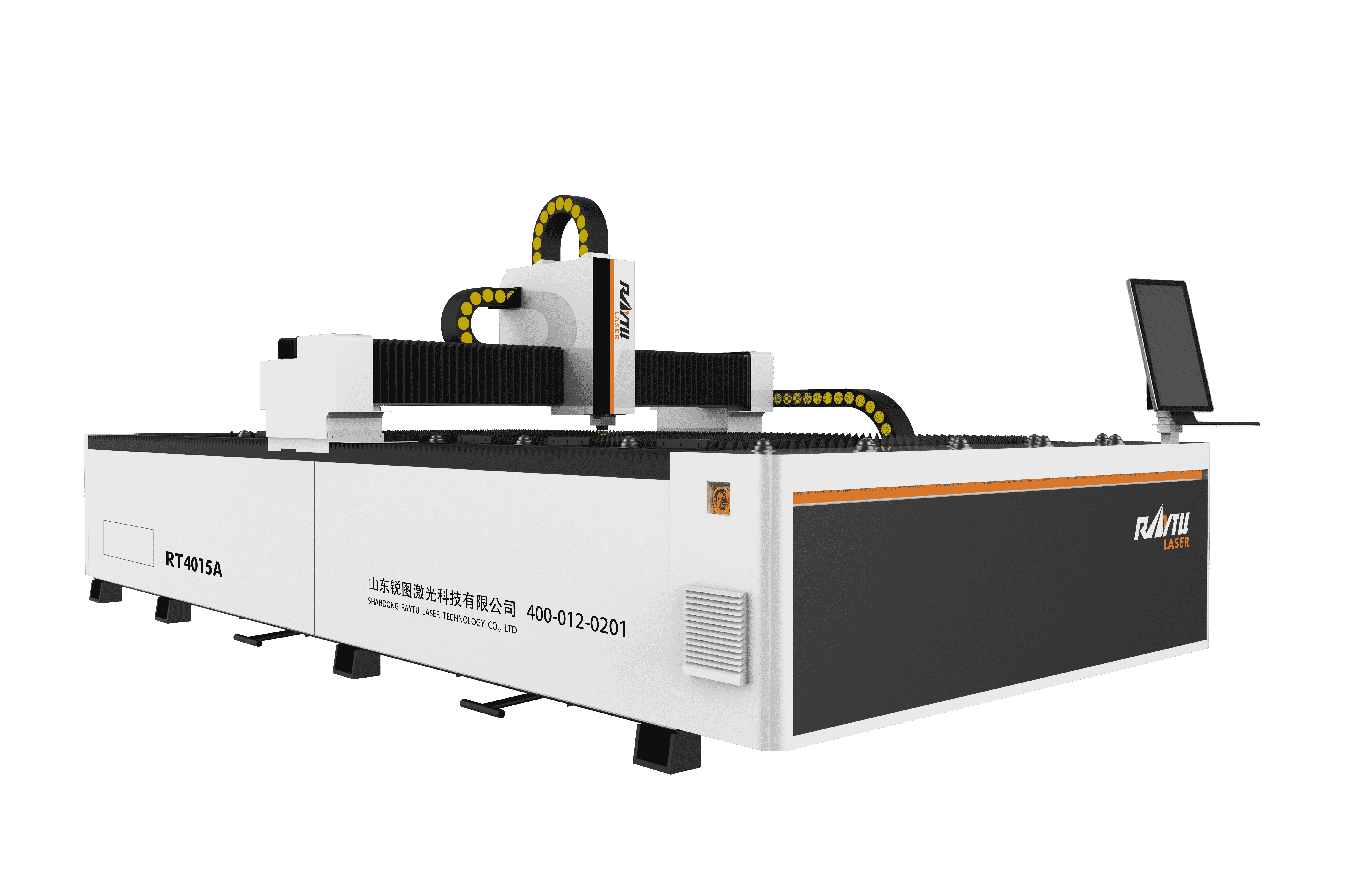
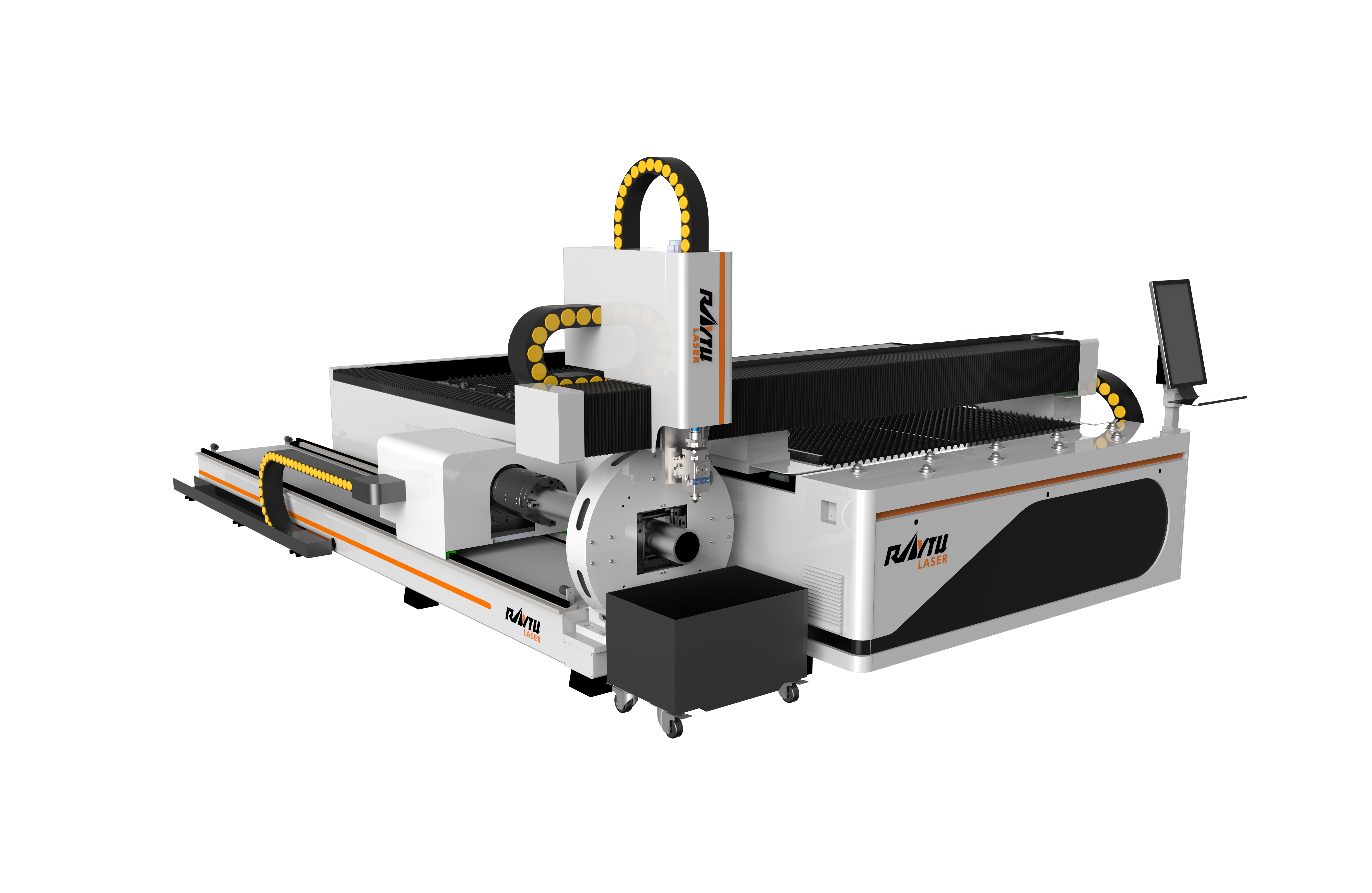


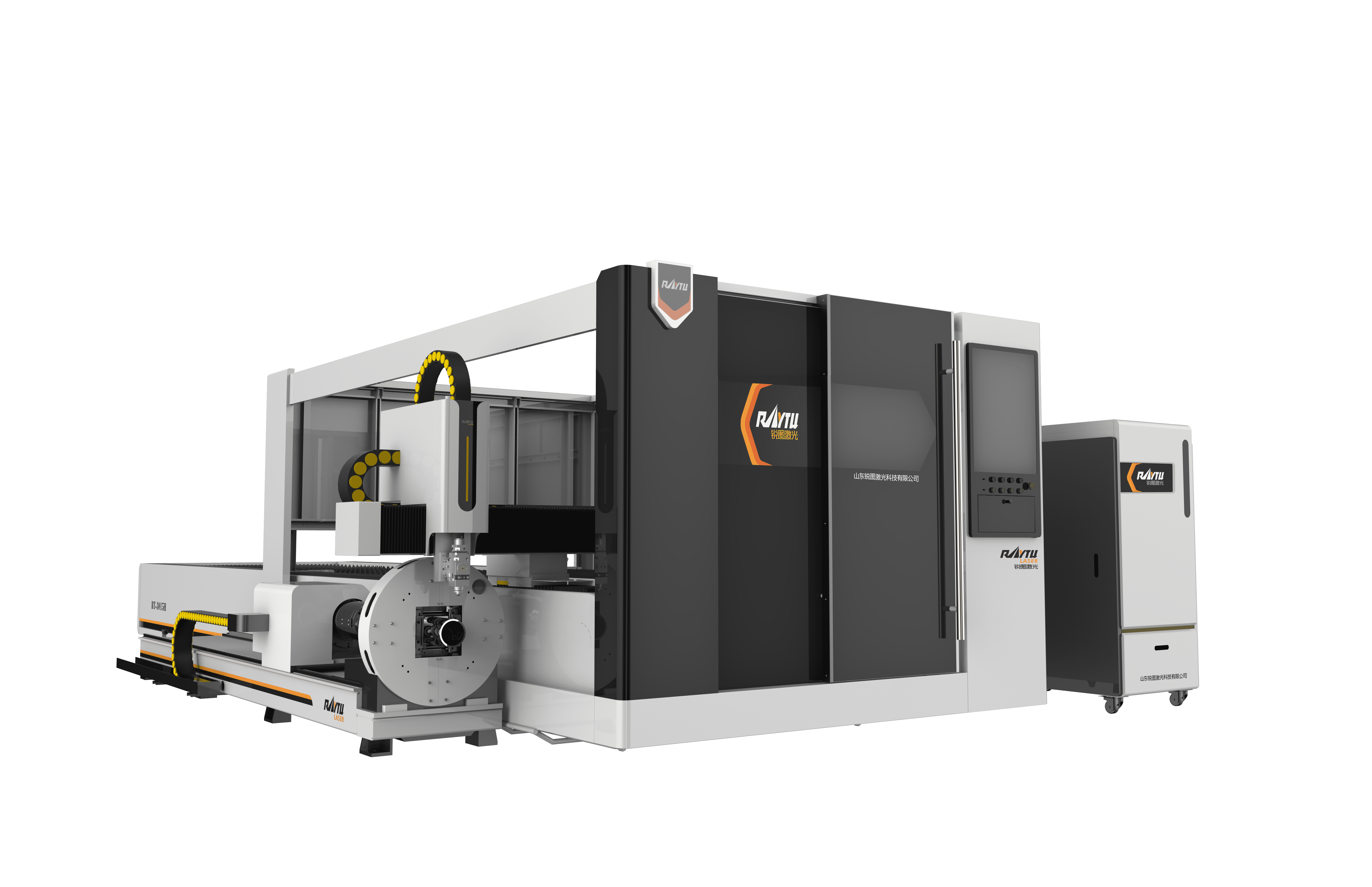
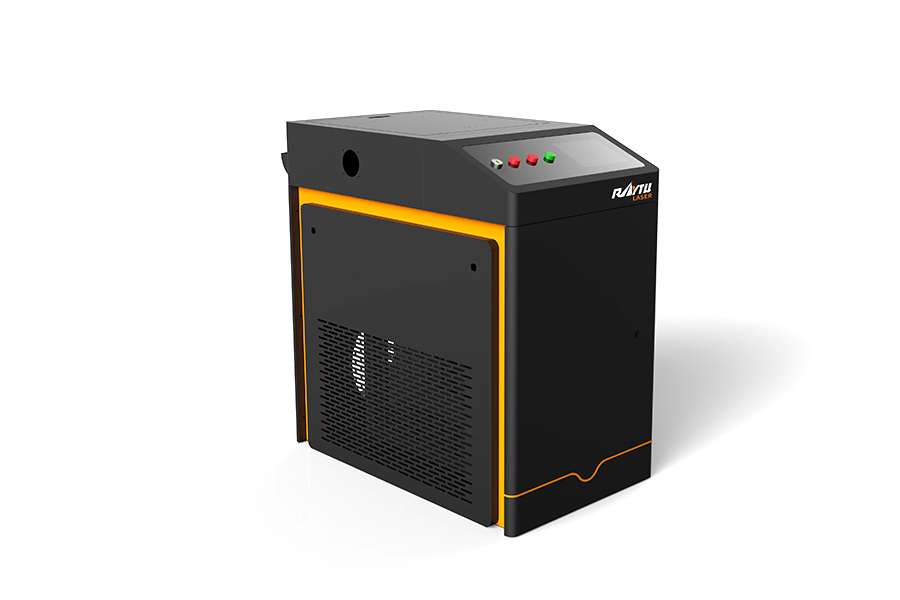
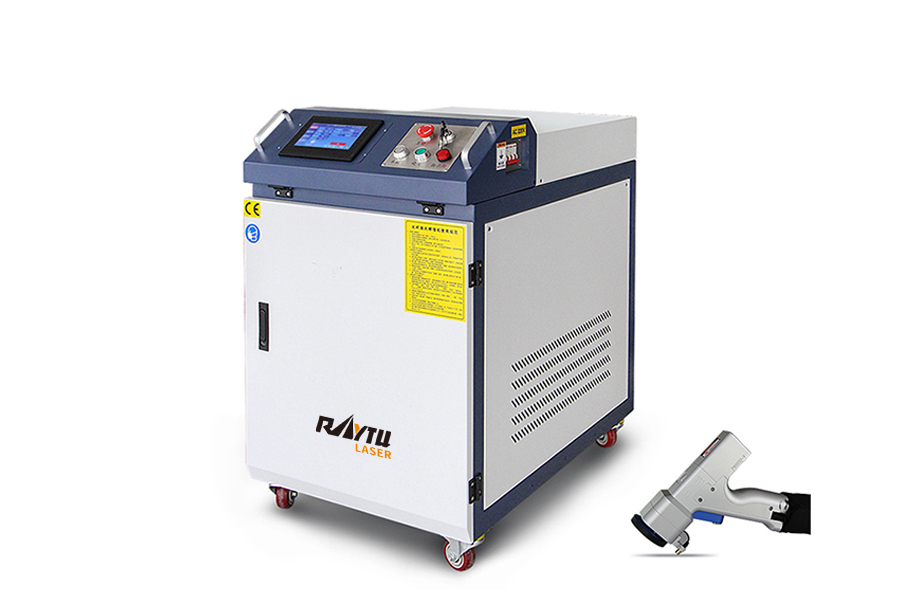
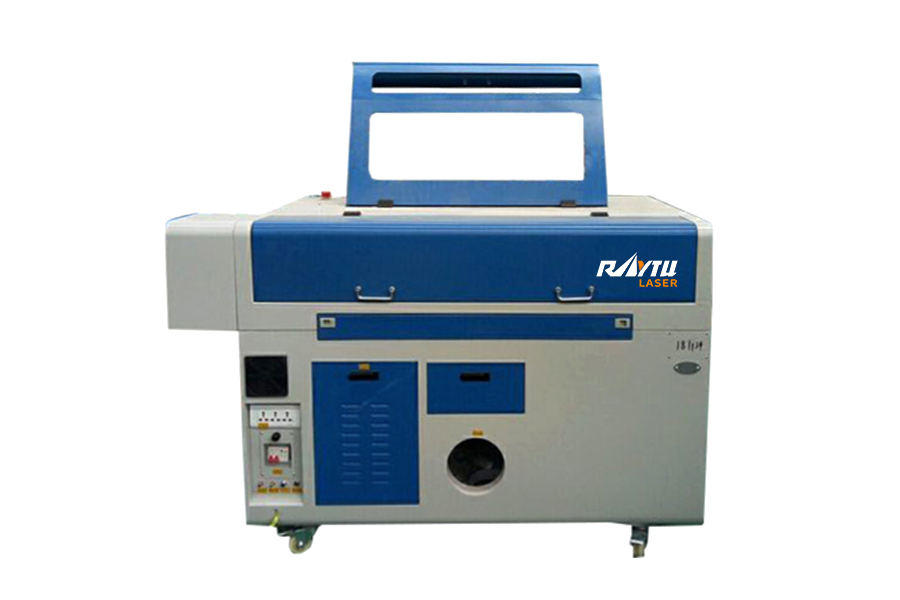






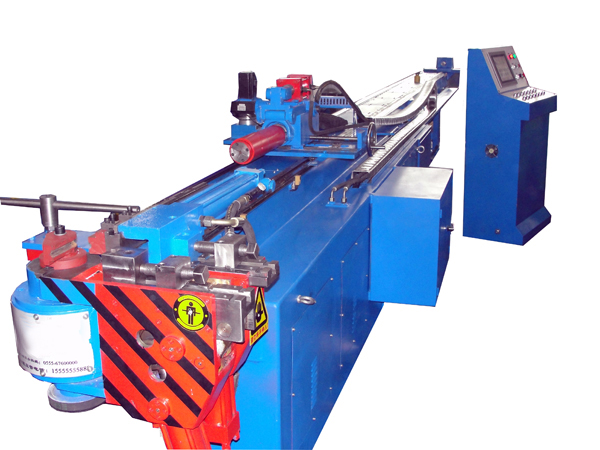
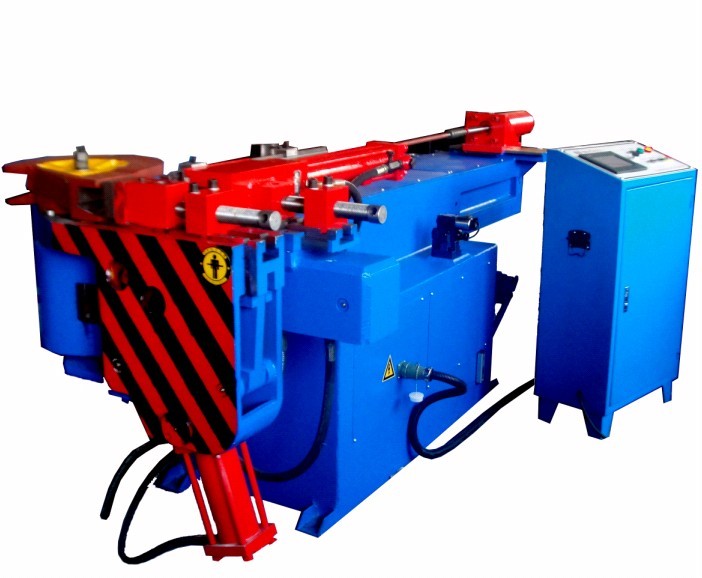
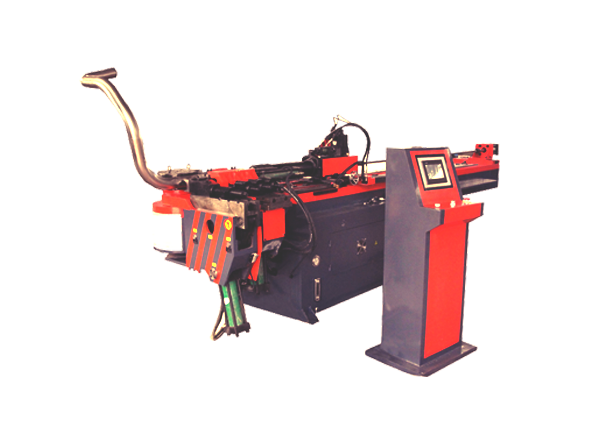



 0531-87978823
0531-87978823 +86 16653132325
+86 16653132325 sales01@raytu.com
sales01@raytu.com Contact us
Contact us